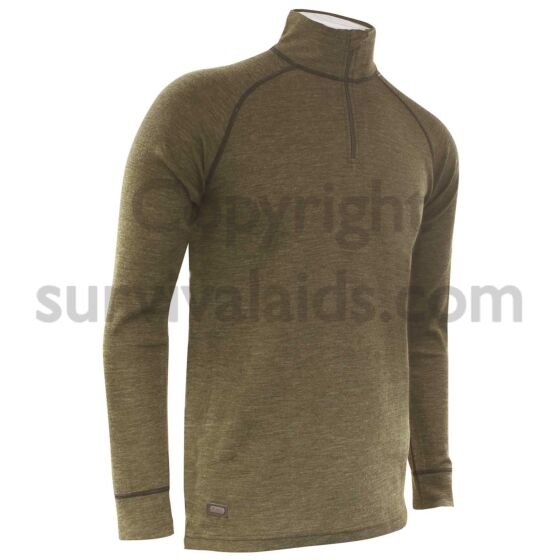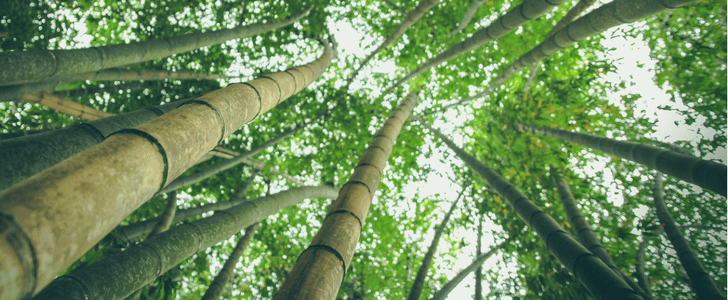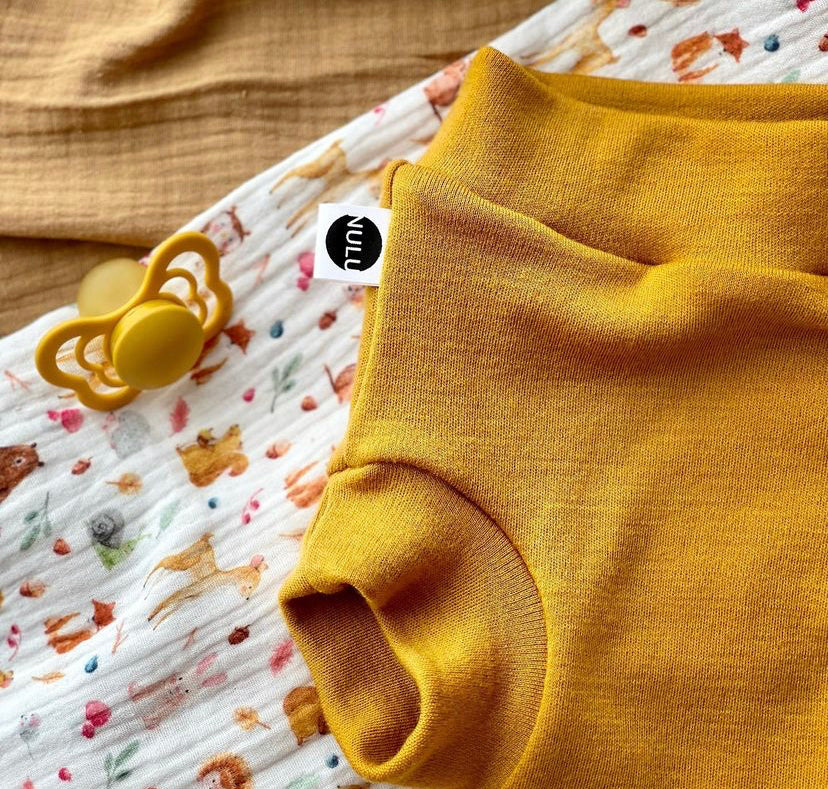Free Advice To Deciding On Bamboo Clothing
Wiki Article
Why Are Yak Merino Wool Base Layers So Effective For Winter Sports Clothing In Terms Of The Natural Fiber Benefits And Environmental Sustainability?
The natural fibers and environmental sustainability of Yak Merino Wool Base Layers makes the perfect choice for winter sports clothes.
Merino and Yak are both natural fibers made from animals. They are renewable resources that can be harvested sustainably, without harming animals. These fibers biodegrade that means they do not harm the environment.
Low Environmental Impact
The production of natural fibers generally have a lower environmental impact than synthetic materials. The process of harvesting and cultivating wool involves fewer chemicals and uses less non-renewable resources when compared to synthetic fibers.
Efficiency of Energy Efficiency-
Wool fibers are processed using less energy compared to synthetic fibers. The manufacturing of natural wool requires less energy, and also reduces carbon emissions.
Reduced Microplastic Pollution
In contrast to synthetic fibers, which shed microplastics in washing natural wool fibers don't cause microplastic pollution in the water bodies.
Longevity of the product and its Recyclability
Yak Merino Wool garments tend to last for a long time and are durable. lasting, which can extend their longevity. Wool fibers can also be repurposed or recycled, thus reducing the amount of waste.
Sustainable PracticesSustainable Practices
Wool producers and manufactures follow sustainable, ethical practices. These include the welfare of animals, land management which is accountable and fair working conditions for laborers involved in the chain of production.
Environmental Certification-
Certifications like the Responsible Wool Standard (RWS) or the Global Organic Textile Standard (GOTS) confirm ethically and environmentally conscious practices used in the production of wool, providing consumers with assurance regarding the sustainability of wool production.
Overall, yak merino wool base layers align with environmental sustainability by being derived from renewable, natural sources that have little environmental impact when they are produced, and often incorporating ethical and sustainable practices in their supply chain. Natural fibers, such as yak wool merino, are an excellent choice for winter sport apparel that promotes responsible consumption and eco-friendly practices. Read the best merino wool base layers url for website recommendations including smartwool merino base layer, snow base layers, merino wool thermals, base layer moisture wicking, hh lifa merino, patagonia merino wool base layer, base layer moisture wicking, smartwool long sleeve shirt, hh lifa merino, patagonia merino wool base layer and more.

What Are The Advantages Of Wearing Bamboo Clothes In Terms Of The Softness, Antibacterial Properties, Durability And Renewability?
Bamboo clothing has many advantages such as the softness, antibacterial properties, and durability.
Bamboo fabric's silky smooth texture is frequently compared to luxurious materials such as silk or cashmere. It is soft, smooth and comfortable on the body.
Antibacterial Properties-
Bamboo has natural antimicrobial characteristics. Bamboo contains "bamboo-kun," a naturally present antimicrobial agent. This property helps prevent the growth of odor-causing fungi or bacteria.
Durability-
Strength- Despite their softness bamboo fibers can be durable and strong. Bamboo clothing can stand up to regular wear and tear, making it suitable for many kinds of activities without compromising the quality.
Renewability-
Rapid Growth - Bamboo is an extremely renewable resource which grows quickly without pesticides or fertilisers. It is a renewable resource that is rapidly growing without the necessity of fertilizers or pesticides.
Sustainability-
Eco-Friendly Producing- Bamboo cultivation and processing has typically lower environmental impacts than the production of synthetic material. Bamboo's rapid growth as well as its low need for water and the ability to thrive in different climates makes it a renewable material.
Biodegradability-
Natural breakdown - Bamboo clothing can be biodegradable. This means they can decompose themselves in a natural manner after the end of their life cycle. This quality minimizes pollution to the environment and also reduces the amount of waste that is accumulated.
Hypoallergenic Qualities
More Comfort Bamboo fabric is known to be less prone allergies and irritations to the skin as compared to other synthetic materials. This makes it the ideal fabric for skin that is sensitive.
Bamboo clothing has many appealing features, such as softness antibacterial property, durability and renewability, sustainability and ease of wearing. These attributes make for a pleasant wearing experience, and also in line with environmentally mindful practices. Read the most popular bamboo clothing examples for website examples including bamboo sun hoody, bamboo jacket, bamboo t shirts mens, bamboo activewear, rayon from bamboo fabric, freefly summer hoodies, clothes made from bamboo fiber, bamboo sweatshirt, women's freefly apparel, bamboo sweatpants and more.

How Do Bamboo And Merino Clothing Compare To Regular Wool?
Merino layers, regular wool and bamboo clothing have different features.
Merino wool's fine fibers are soft and feel good against your skin. It's less likely than wool that is more traditional to cause irritation and itching.
Merino wool is excellent at drying out moisture, which allows it to evaporate. It keeps wearers cool and comfortable.
Merino is natural insulation that offers exceptional warmth when wet. It regulates body temperature and provides insulation in cold weather.
Odor resistance- It prevents the growth of odor-causing bacteria, and helps keep clothes fresh, even if worn for prolonged periods.
Bamboo Clothing
The softness. Bamboo clothing is often described as having the same feel as cashmere and silk. Bamboo is a soft material that gives you a pleasant experience.
Moisture-Wicking-Bamboo fabric has moisture-wicking properties that draw water away from the skin, ensuring that the wearer stays dry throughout physical exercise.
Temperature Regulation- Bamboo clothing has natural temperature-regulating abilities, offering warmth in winter and breathability to prevent overheating.
Sustainability- Bamboo is an extremely renewable resource that can grow quickly without the need for pesticides. Biodegradable bamboo can have a minor environmental impact.
Wool Regular
Texture. Traditional wool comes in a wide variety of textures. Some are rougher and may cause irritation or itching.
Warmth - Wool can provide excellent insulation and warmth but it may also be bulky.
Wool is able to absorb moisture. This means it is less effective in wicking away moisture when compared with merino, bamboo, or other types of fabrics. Wool keeps its warmth even when damp.
Summary: Merino Wool is soft and odor-resistant. It also has exceptional moisture wicking. Bamboo clothing is soft, has moisture-wicking capabilities, regulates temperature, and is environmentally friendly. Wool is a different texture and may not possess the same properties for moisture wicking like bamboo or merino. However, it offers warmth and insulation. Each material has its unique benefits, catering to different needs and preferences for winter clothes. Take a look at the most popular continue reading about merino wool base layers for blog recommendations including smartwool thermals, long underwear for skiing, long underwear for skiing, merino wool thermal underwear, smartwool 250 base layer bottoms, minus 33 base layer, icebreaker merino wool base layer, smartwool long sleeve shirt, ski thermals, cheap merino wool base layer and more.
